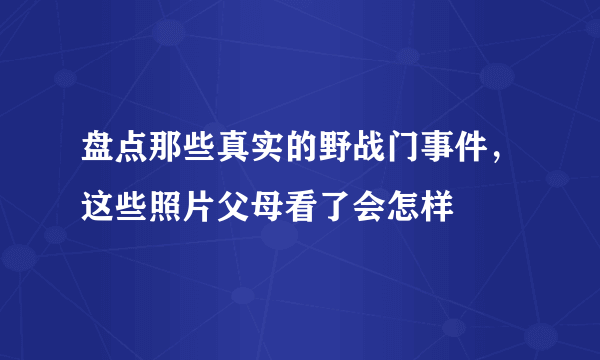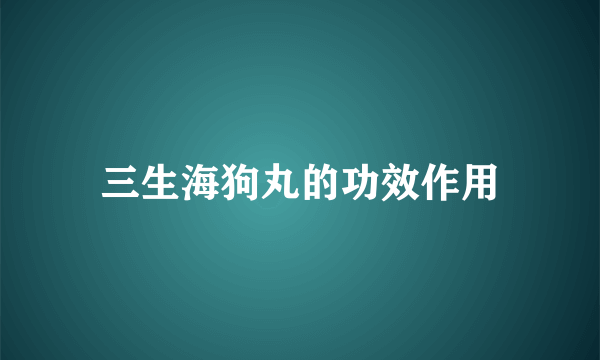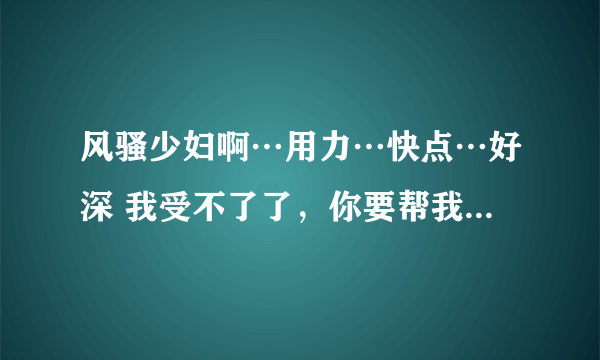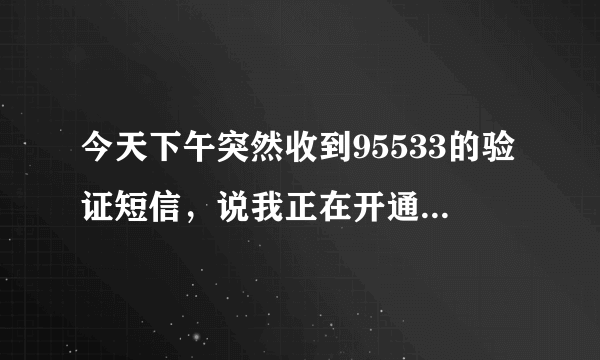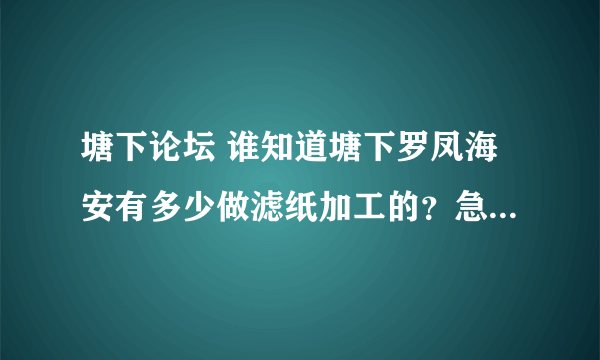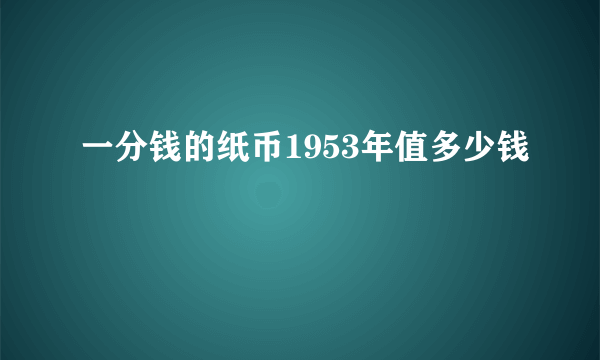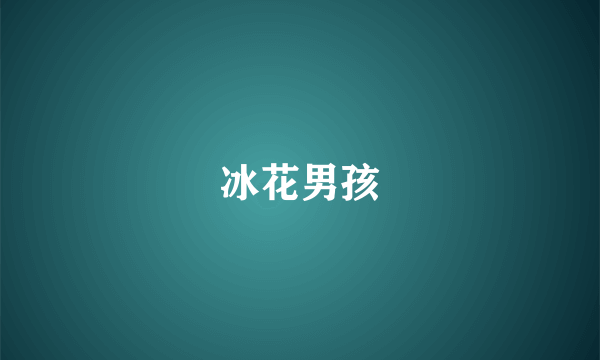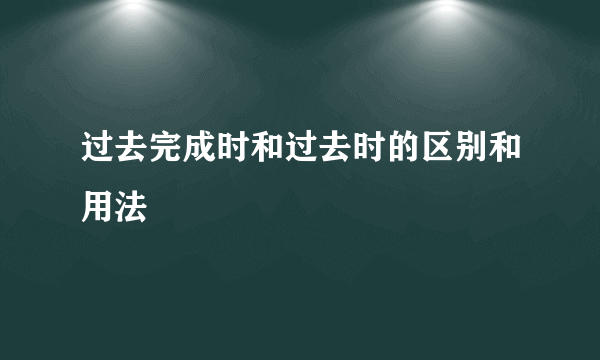
区别:
1、过去完成时在时间上强调“过去的过去”;而过去时只强调过去某一特定的时间。
2、过去完成时表示过去的过去,不单独使用,一般和过去时一起使用。
3、当两个或两个以上接连发生的动作用 and 或 but 连接时,按时间顺序,只需用过去时,不用来过去完成时。
用法:
1、过去完成时:主语+had+动词过去分词;
2、过去时:主语+动词过去式+其他。
过去完成时:
1、 定义:
过去完成时表示过去某一时间或动作以前已经发生或完成了的动作,对过去的某一点造成的某种影响或是结果,用来指在另一个过去行动之前就已经完成了的事件。
它表示动作发生的时间是“过去的过去”,侧重事情的结果。
2、 句型特征词:
by the end of last+时间段;
by the time sb. +动词过去式;
By (the time of) last year。
3、结构:
主语+had+动词过去分词
4、例句:
All the tickets had been sold out when they arrived.
他们到达时,所有的票已经售完。
They said that they had sketched out their work plan.
他们说,他们已经拟定了工作计划。
They said that production costs had been reduced.
他们说生产成本已经下降了。
Eric died a few days ago and these years, he had lived as a recluse.
埃里克几天前死了,这些年来, 埃里克都是过着隐士生活。
We finished later than we had intended.
我们完成时已超出原定时间。
过去时:
1、定义:
一般过去时表示过去某个时间里发生的动作或状态;过去习惯性、经常性的动作、行为;过去主语所具备的能力和性格。
2、句型特征词:
yesterday;
the day before yesterday;
last night ;
ago;
3、结构:
主语+动词过去式+其他
4、例句:
I had a word with Julia this morning.
今天早晨,我跟朱丽亚说了几句话。
He always worked into night those days.
那些日子他总是工作到深夜。
I was very tired last night.
我昨晚很疲劳。
You were absent from school two days ago.
你两天前没来学校。
He played tennis last week.
上星期他们打过网球。
标签:过去,用法,区别


